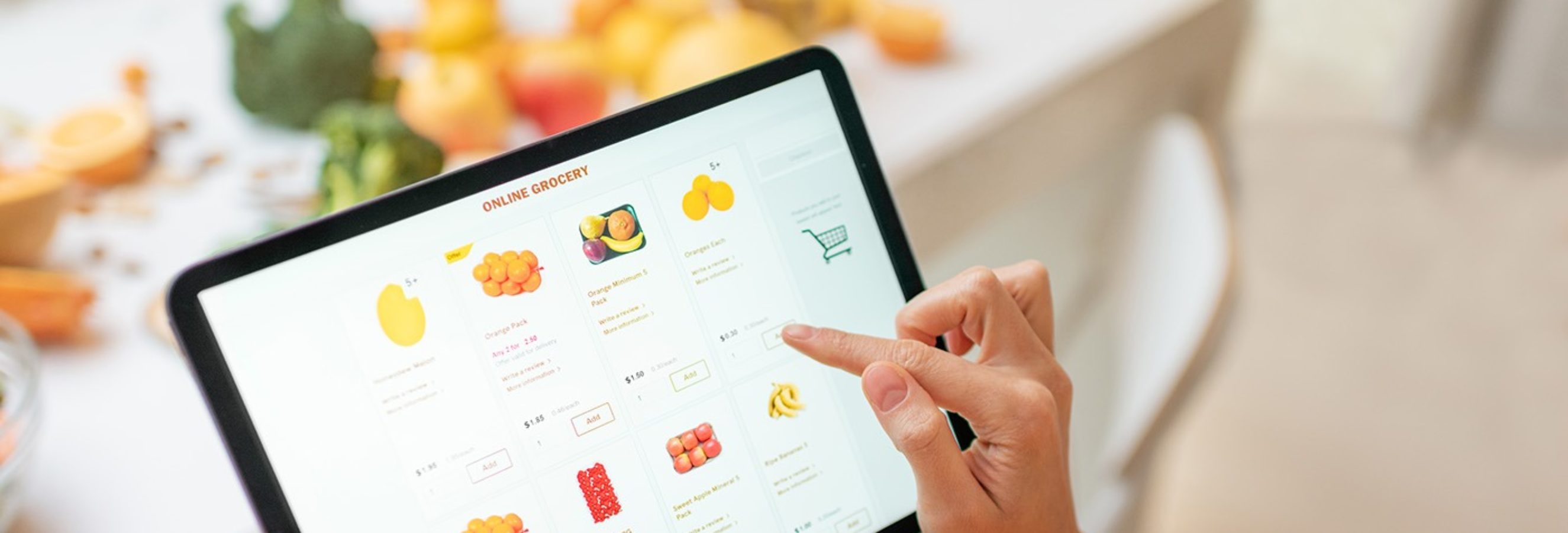The Consumer has Changed
The pandemic has accelerated the drive to online shopping, and many have decided they are not going back. The future of shopping is omnichannel along with a demand for more experiential shopping where price alone isn’t the most important factor. What does this mean for brand loyalty and the shopper journey?
Although consumers are returning to work, many are doing so on a part-time basis. This influences where, when and what they shop for. For example, rather than visiting a café, many have shifted towards making specialty coffee at home. Consumers are slowly returning to stores, but for reasons outside of a brand’s control.
Many products that are staples (paper towel) and have lower emotional attachment may continue to be purchased online. But people will still crave to get outside the home and have social interaction and experiences. It’s critical for retailers to understand the customer journey and behavioral influencers that will entice people back into stores. For this to happen, the shopping experience will need a complete overhaul. To get repeat business, it will take a fine balance between building their digital retail presence and e-commerce channels while simultaneously trying to drive shoppers back into stores. Ensuring omnichannel customer satisfaction will be the key to driving brand loyalty for retailers.
The Shift to Online
Pre-COVID, shopping was a chore. The pandemic has opened many people’s eyes to how easy it is to shop online, and they are consequently much more willing to adopt new technologies like AI powered commerce/automation. This could drive the consumer path to purchase online permanently given the benefits of ease of pick-up or delivery over making a trip to the store. The adoption of online shopping also makes it easier to comparison shop for bargains and savings rather than buying the same brand out of habit.
Retailers that remove barriers and friction to the shopping experience across all points of contact will come out ahead. Consumers want the omnichannel experience of being able to order online from specialty retailers while doing their weekly shop via retailer’s proprietary apps for click and collect such as Instacart. As for impulse purchases, these will probably suffer the most and not rebound until shoppers are back in store.
Convenience might even play a more important role in the post COVID environment. If consumers aren’t commuting to work every day because of a hybrid work schedule, then their shopping habits will change. Instead of doing their shopping on the way home from work, they are more likely to order online when they can shop anytime. The other factor to consider with e-commerce is speed of delivery. Consumers today want products now. Retailers will need to continue to think about delivery on demand.
Shopping as Entertainment
Online shopper behavior will also be influenced by reviews, recommendations, and new forms of online advertising. These elements add a level of excitement to an otherwise boring task. Mobile social commerce and live streaming are already huge in Asia, turning shopping into entertainment. It remains to be seen if this trend will continue in the West and make its way into beauty and fashion and even grocery. Social commerce and live streaming builds a community, engagement, and loyalty.
The Challenge with Digital
Thumbnail images on e-commerce sights still leave a lot to be desired, particularly in grocery. It’s often difficult to tell by the thumbnail image shown what size ketchup bottle you’re getting. Only when it arrives do you realize you’ve ordered too much or too little. So, it’s not surprising that many shoppers use the “order again” feature on e-commerce sites but this creates a barrier to discovering new products and perhaps a lost sale if the preferred brand is out of stock. As with other apps such as Spotify, Ecommerce grocery sites will need to get better at recommending alternatives or “you may also like” recommendations to boost excitement.
The Challenge for Brands
For shopper marketers and category managers, if planograms were confusing enough before e-commerce came along, they’re even more confusing now. The learning curve is steep. Online, there is a huge amount of data that is collected coupled with the fact that there is only so much detail that can be conveyed in an e-commerce thumbnail image.
Retailers are also investing heavily in private label brands although it remains to be seen whether their huge growth will continue to erode brand loyalty. Direct to consumer brands are also having an impact. Will they take away established brand market share or are they a play simply to collect consumer data?
What it Will Take to Succeed
In the future, shopper growth will be driven by exposing trigger points that influence shopper choice at any touchpoint in the omnichannel journey.


